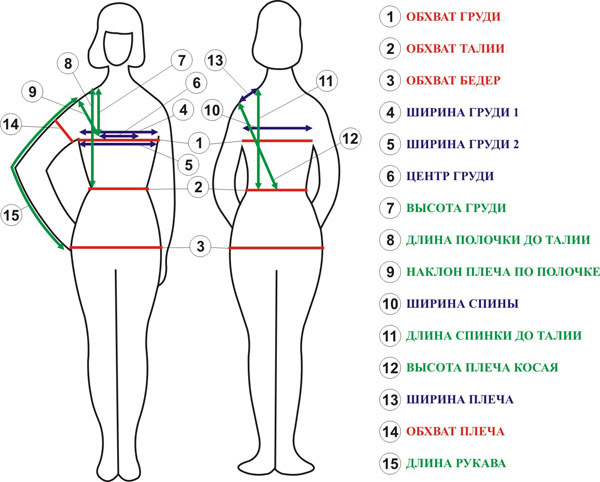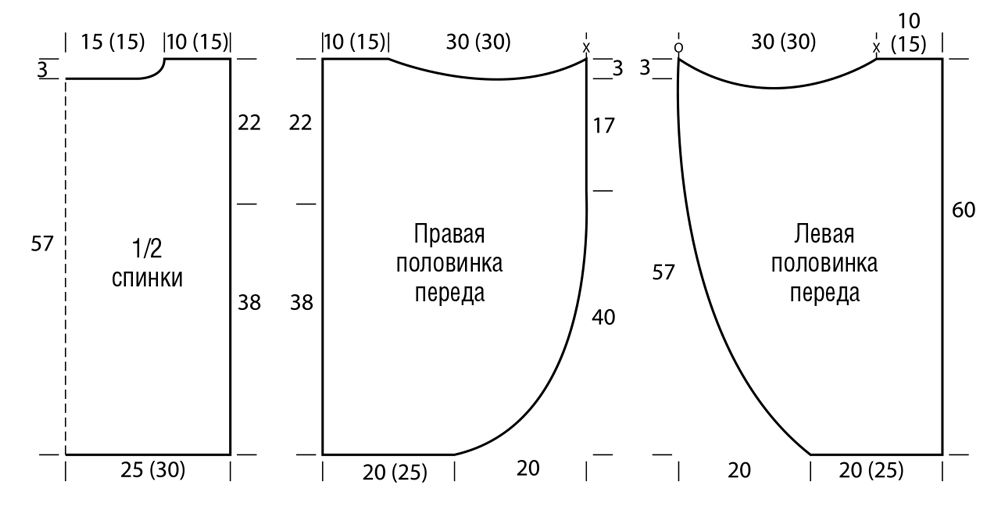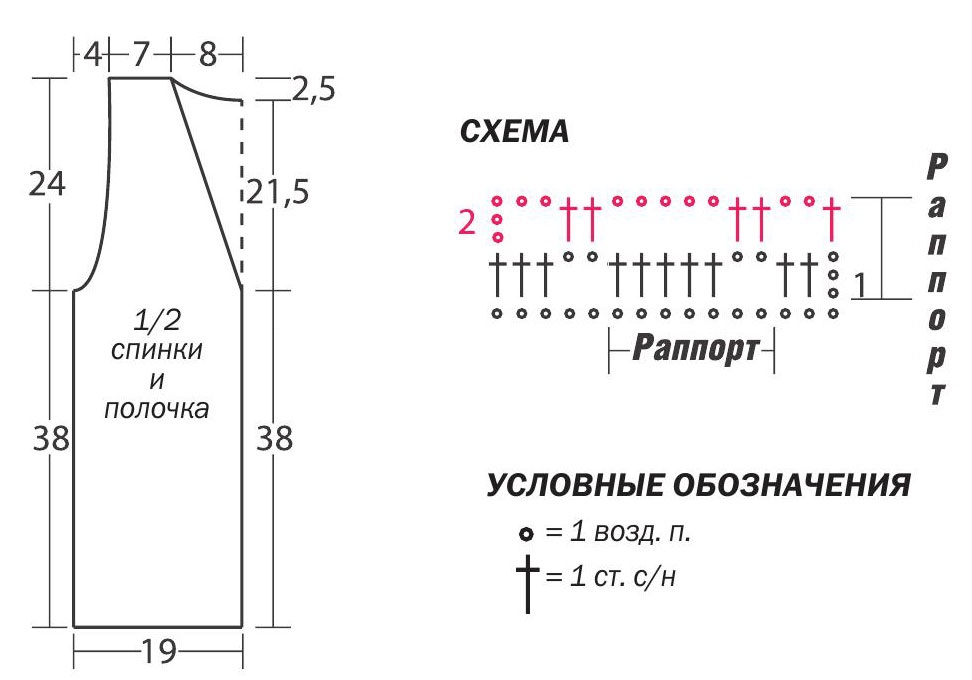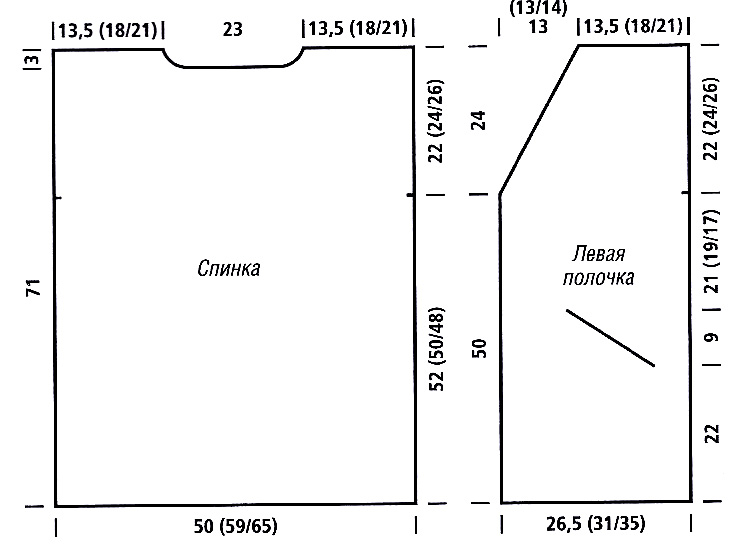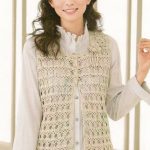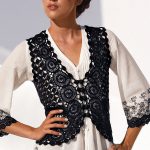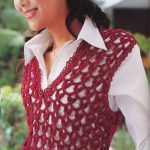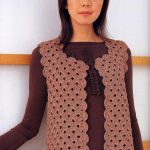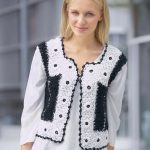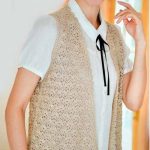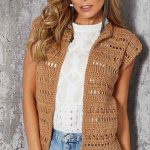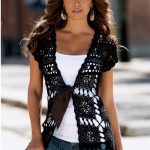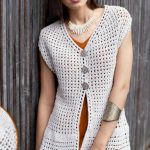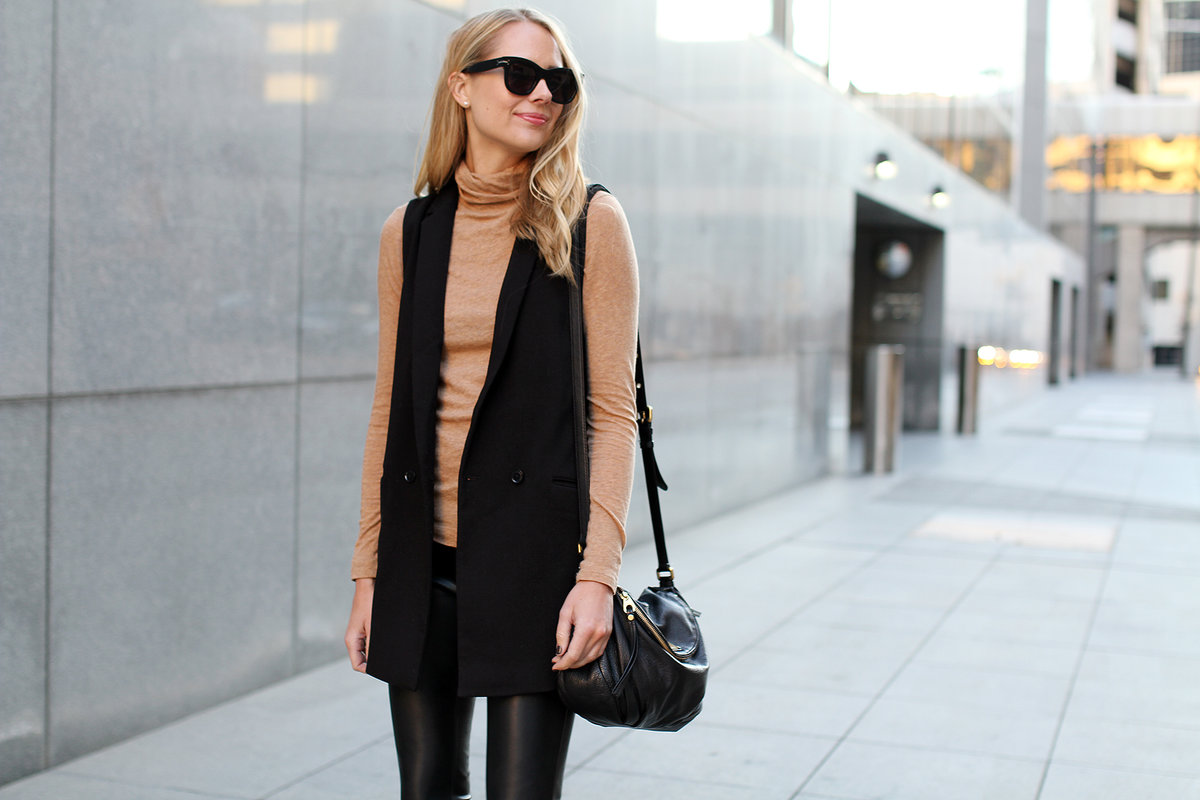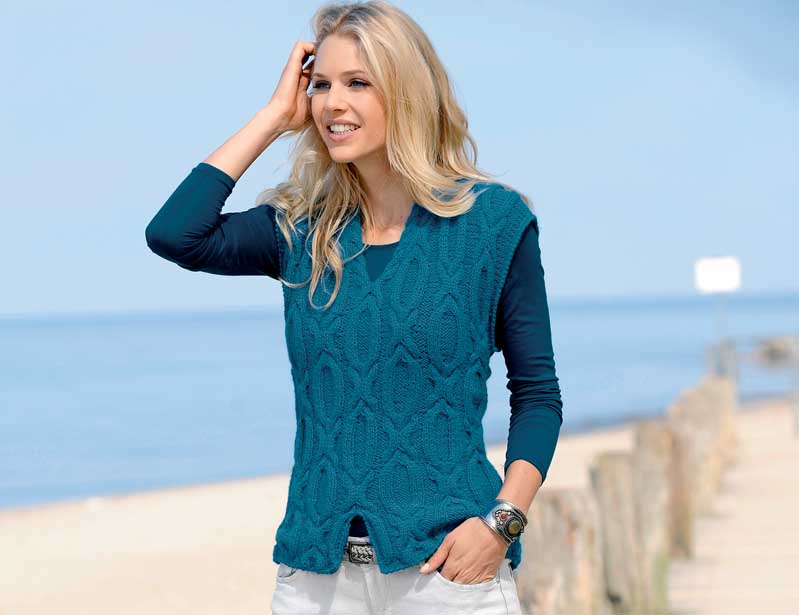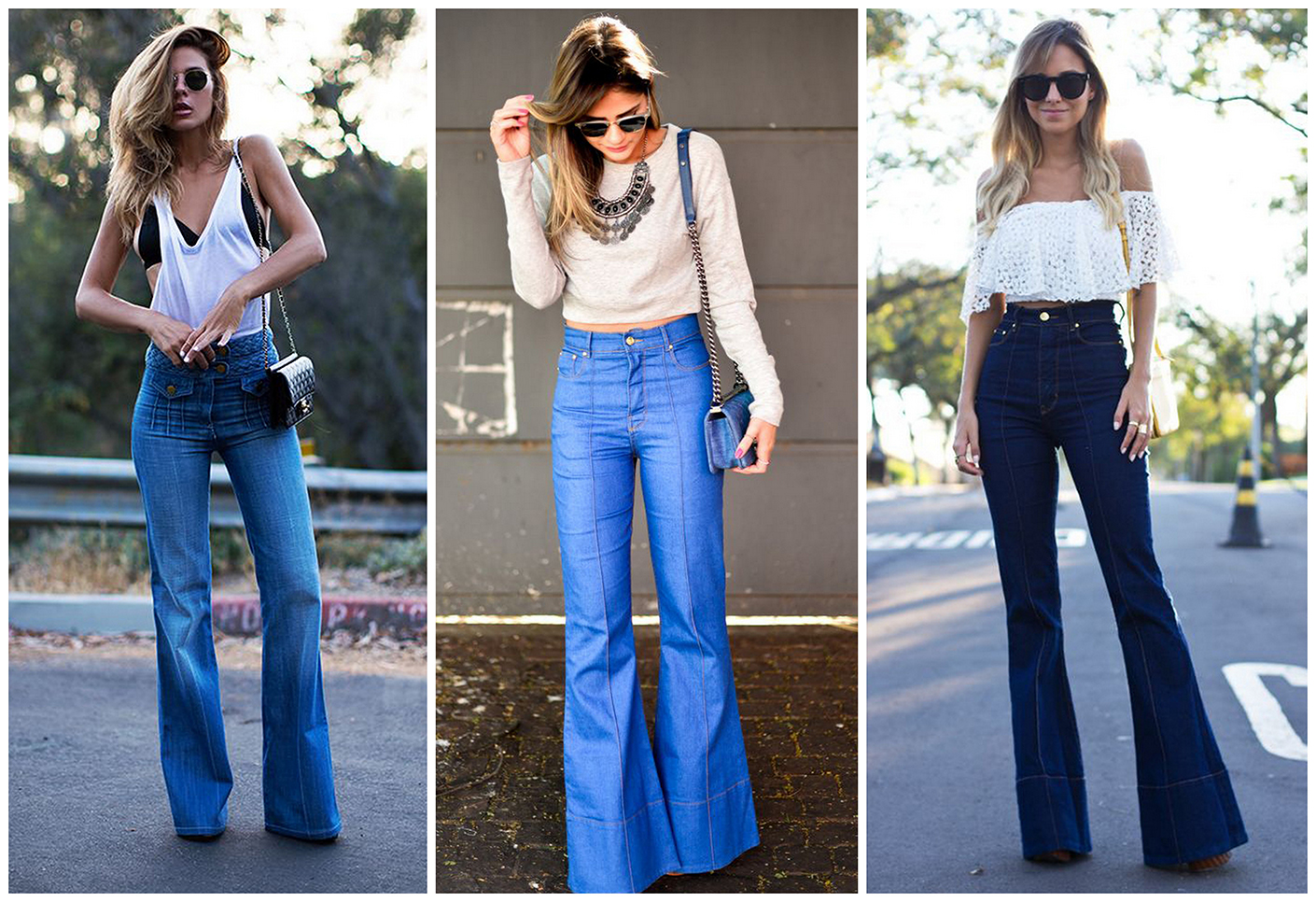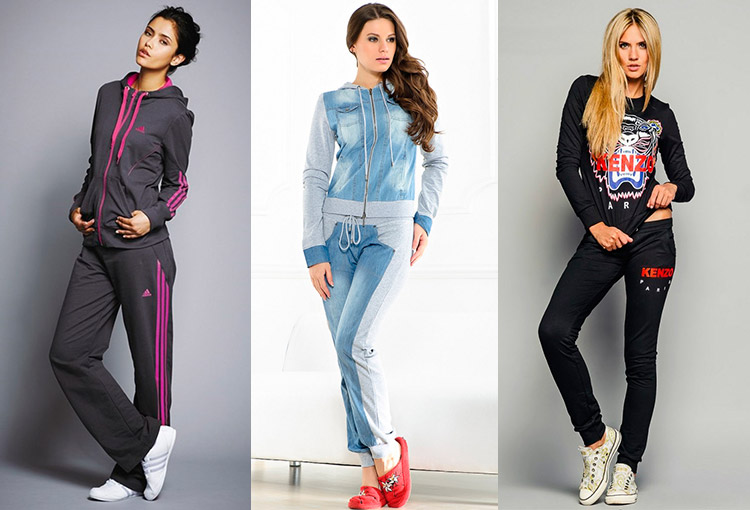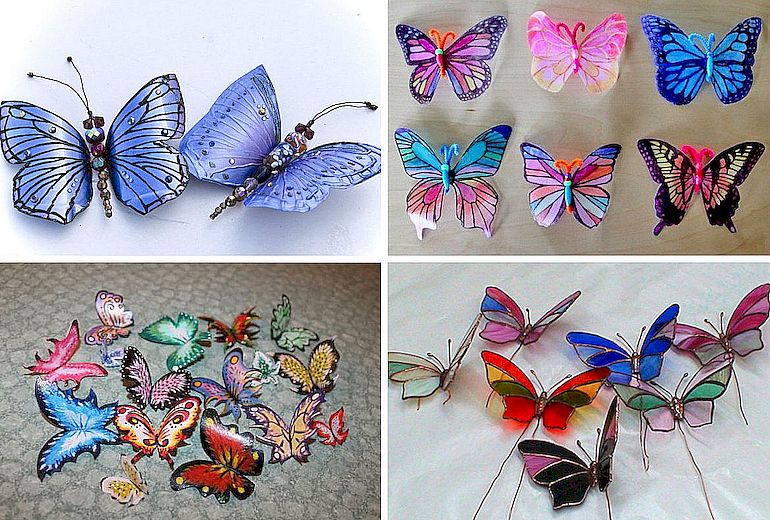Vests are comfortable, practical things. Knitted with your own hands, they will not only warm you on a cool day, but will also become an original addition to the created image. The easiest way to knit a vest is with a crochet hook, even a novice craftswoman can do it. There are a large number of beautiful patterns, which helps to create a product for every taste.
Materials and tools
The sleeveless jacket is versatile and functional, suitable for women of any age, body type. It can be knitted from different yarns. You need to carefully choose not only the thickness, but also the color of the future product. Neutral colors are more suitable for a business look. For leisure, everyday life, you can choose different colors, including bright ones.
In summer, sleeveless jackets made of thin cotton, viscose or linen yarn are worn. These are "Romashka", "Iris", mercerized cotton. Various openwork patterns made of such thread look especially beautiful. On a cool day, the product can be worn over a turtleneck.
For winter, the ideal option would be a thing made of warm yarn. Acrylic, wool (merino, camel), semi-wool or mixed thread (mohair, angora) are suitable. If you knit in several threads, you will get a warm cozy vest.
When choosing the thickness, color of the threads, and the pattern, you need to take into account some features:
- short women will not be suited to a long vest, as well as any model knitted with a voluminous pattern or made from thick yarn;
- if you have a full figure, you should avoid bright colors and large patterns; an elongated model with a vertical pattern will look good;
- a thin silhouette can be hidden with the help of voluminous fluffy threads;
- Openwork knitting looks best on light-colored, lint-free yarn.
Twisted yarn is not suitable for crocheting, the finished product will begin to skew, and the beautiful pattern will not look good.
There is a yarn that does not require complicated patterns. Even a vest knitted with a regular net or double crochet stitches will look beautiful and original. This is a boucle thread with knots along its entire length, as well as grass with pile of any size. There are unusual color options: melange or sectionally dyed thread.
The thickness of the yarn should be selected depending on the planned pattern. Relief patterns are best made from thick, dense thread. If you knit openwork from such yarn, it will have too many gaps.
To make crocheting enjoyable, you need to choose the right tool. It is recommended to take a hook that is thicker than the thread. To check whether it is suitable for the selected yarn, you need to apply the thread to the barb and pull it tight. It should completely fill the hollow, without protruding or leaving any free space. It is worth considering that a product knitted with a hook that is too thick will be loose, with large gaps. And if the tool is too thin, the fabric will be very dense and stiff.
The recommended hook size is usually indicated on the yarn label.
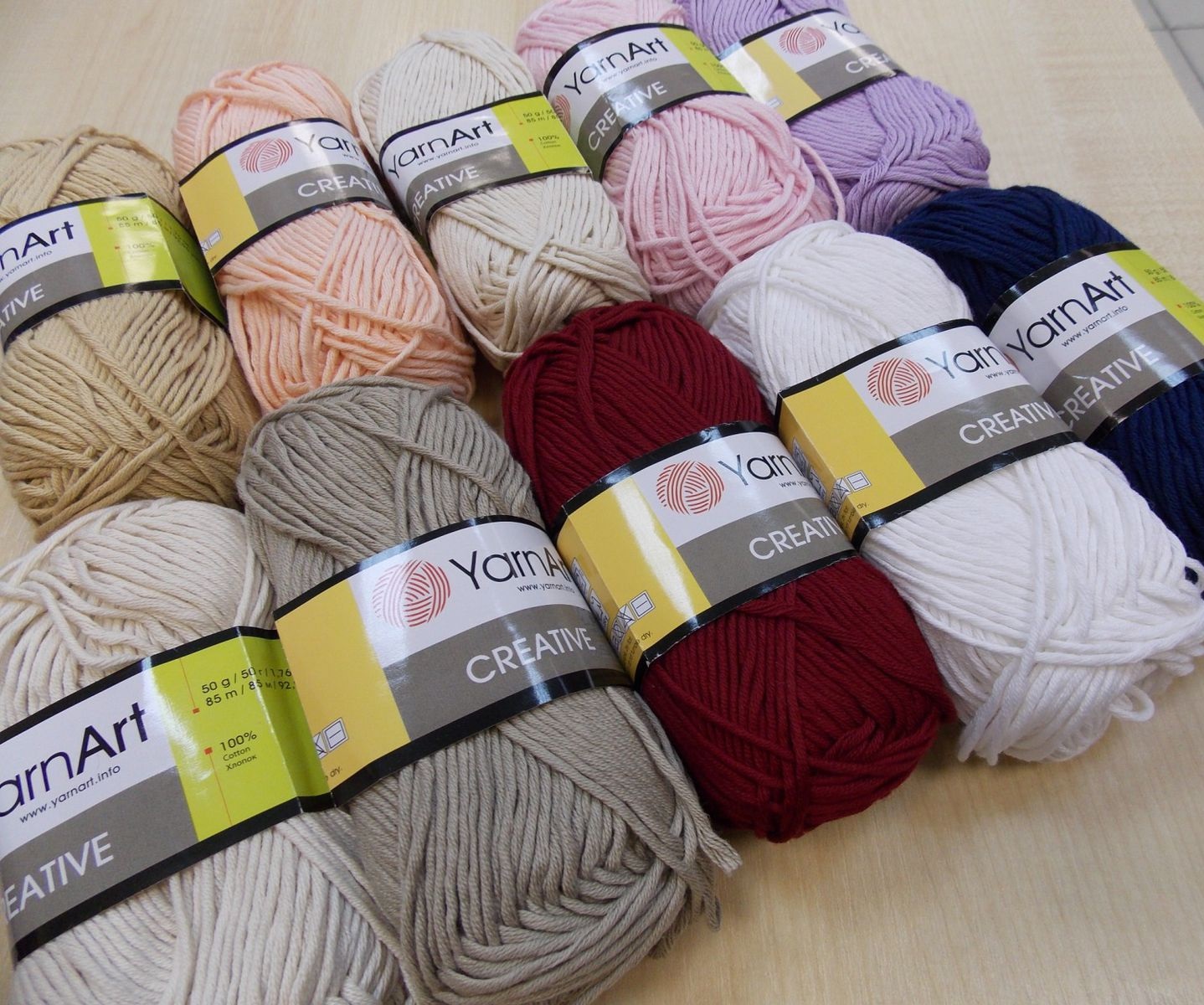
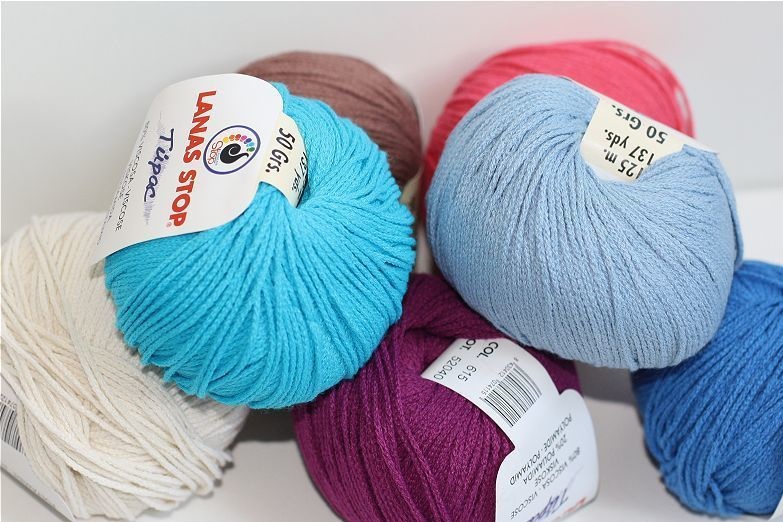
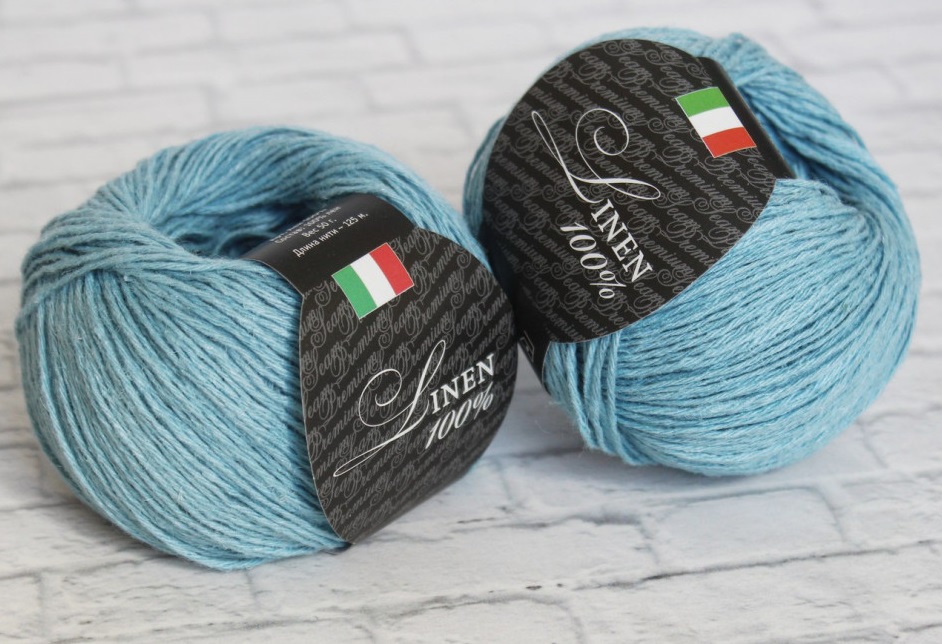
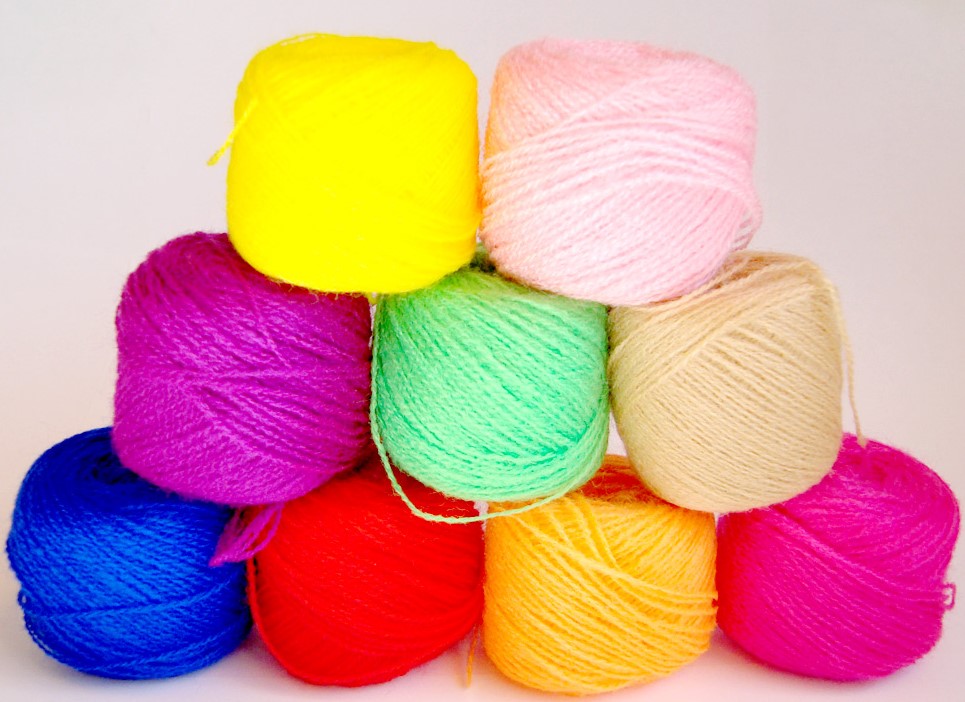
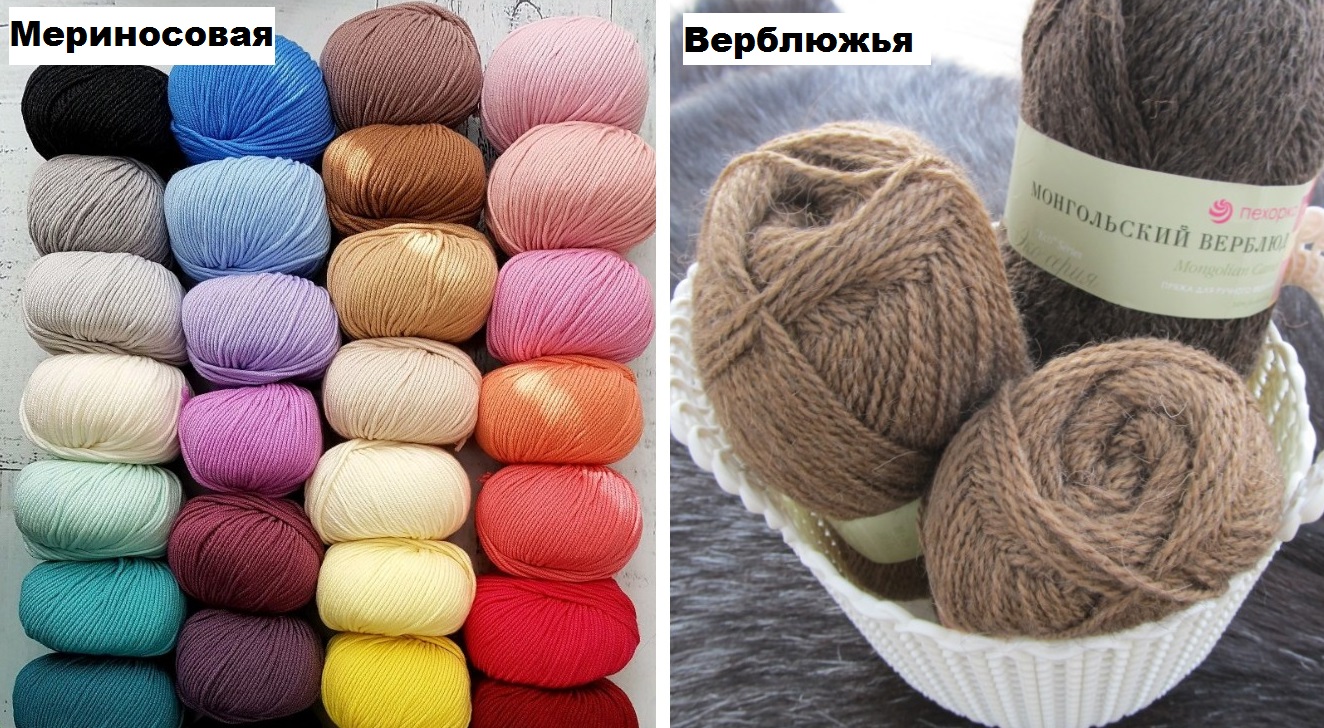

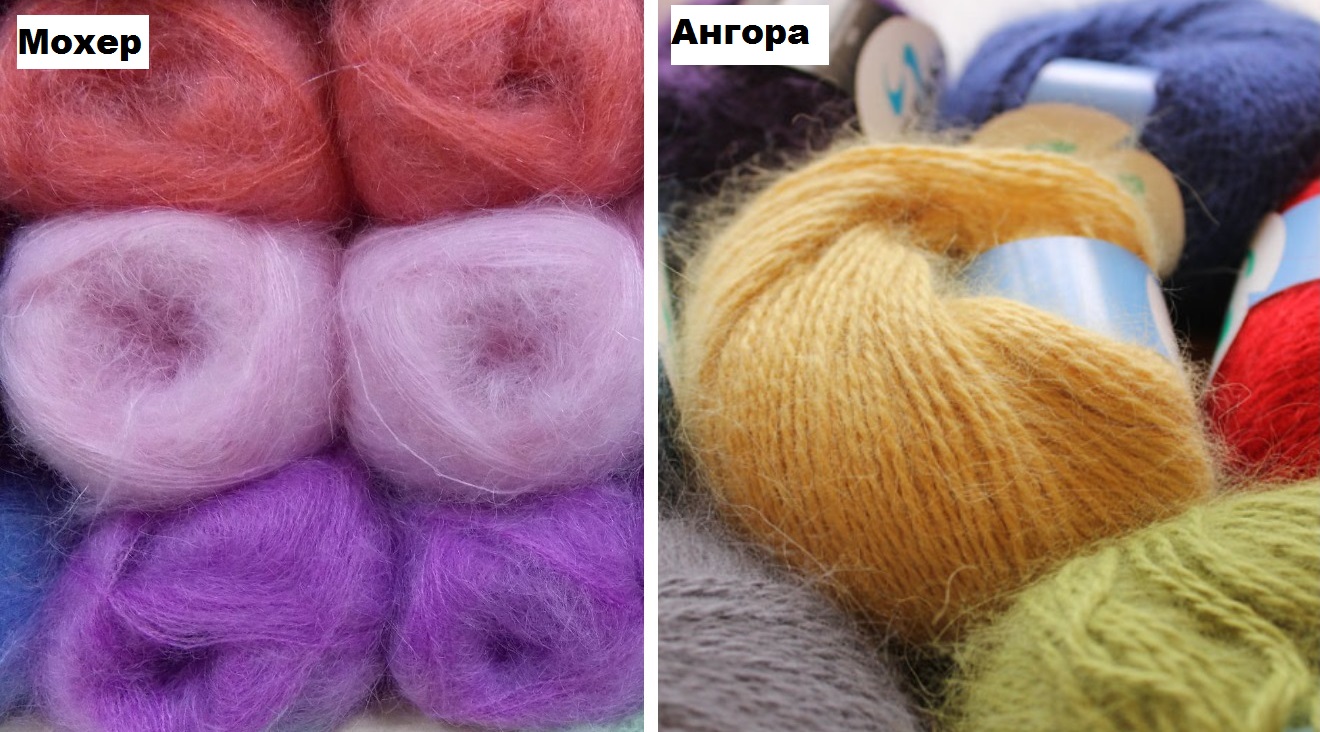

Measurements and pattern
To create any vest, you need to take several measurements:
- chest circumference;
- hip circumference;
- neck circumference;
- total length of the product;
- height to armhole;
- shoulder width.
When taking measurements, the measuring tape should not sag, but you don’t need to pull it too tight either.
Usually, patterns and descriptions of models are given for a certain size. The required amount of yarn, rows and rapports, and the recommended knitting density are calculated for it.
If there is no suitable pattern, you can create it yourself. First, you need to create a basic (working) blank, and then mark all the necessary details on it (darts, cuffs, neckline, pockets, fastening elements). In this case, allowances should be taken into account so that the finished product fits the figure freely. The size of the allowance is calculated depending on the model, density and quality of the yarn, features of the pattern and knitting technique.
Women's and men's crochet vests are distinguished by very simple patterns. They usually have no darts or waist reduction. Often, even the armhole is not marked. The simplest basic pattern consists of three rectangular panels: a back and two fronts.
Sometimes it is necessary to adapt an existing pattern to other parameters. You can increase or decrease the pattern by 1-2 sizes. It is quite easy to do. You need to cut the finished version along the previously marked longitudinal and transverse lines into several parts. Then they should be moved apart to the desired size or these elements should be combined by moving them closer to each other.
Stages of knitting popular models
It is very easy to crochet vests. If you choose the right yarn, a simple filet pattern or mesh will look beautiful. Moreover, the product can be knitted in one piece. The seams are sometimes only on the shoulders or on the sides. You can also make a vest-cape without any seams on the sides. Such a thing is worn as a shawl or tied with a belt.
Elongated
A simple beautiful vest is made from separate motifs. They are connected in the process of knitting the last row. Despite the fact that the product does not have a clear shape and a classic pattern, it looks very feminine. How to knit such a vest:
- 9 motifs are knitted according to pattern 1, they consist of 14 rows;
- they are connected into a square using 4 motifs according to pattern 2;
- 20 motifs are inserted between them according to scheme 3;
- when connecting, you need to leave 20 cm between the back and the shelves for the armholes;
- sew up the shoulder seam.
Steam the finished product carefully, without stretching. An elongated vest made from 100% cotton yarn will be especially airy and light.

insert motifs between them according to scheme 3
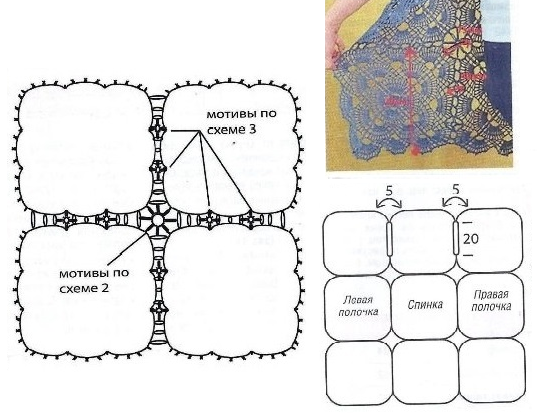
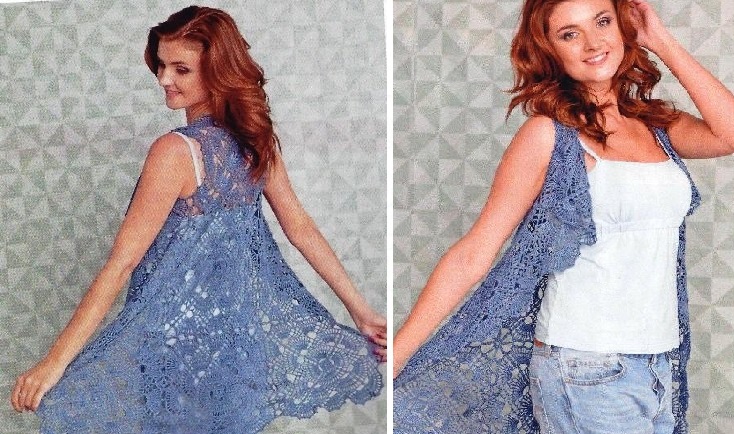
Openwork
An elegant women's lace vest can be made from thin mixed yarn. The pattern for it is simple, and the item looks quite attractive. The pattern is also simple without highlighting the armhole and collar. Only a small cutout is made on the shelves. All calculations are given for size 46-48. But they are easy to adapt to your measurements.
For knitting you will need 400 g of yarn (cotton with acrylic), hook No. 4. The required knitting density: 12 rows of 20 loops per square 10 X 10 cm. The process of making the vest is simple:
- For the back, cast on 127 VP (air loops). Knit according to the pattern 45 cm.
- For the shelf you will need 61 loops, knit according to the pattern. After 45 cm, start decreasing the loops on one side, applying them to the pattern. This will be a neckline, the height of which is 7 cm.
- Then all that remains is to assemble the vest. To do this, sew the side seams, leaving 20 cm for the armhole. The shoulders on the shelf should be gathered a little so that they are 20.5 cm wide. After assembling, tie the neck and armholes with single crochets, and then with a "crayfish step".
- Make a belt: crochet 150 VP, tie them with single crochets on both sides.
To prevent the finished product from becoming deformed after washing, before assembling the parts, you need to wet them, apply them to the pattern and let them dry.
It won't take much time to crochet a vest. Any fashionista can create several different models for herself. In addition, such a product can be a wonderful gift for a loved one.
Video


